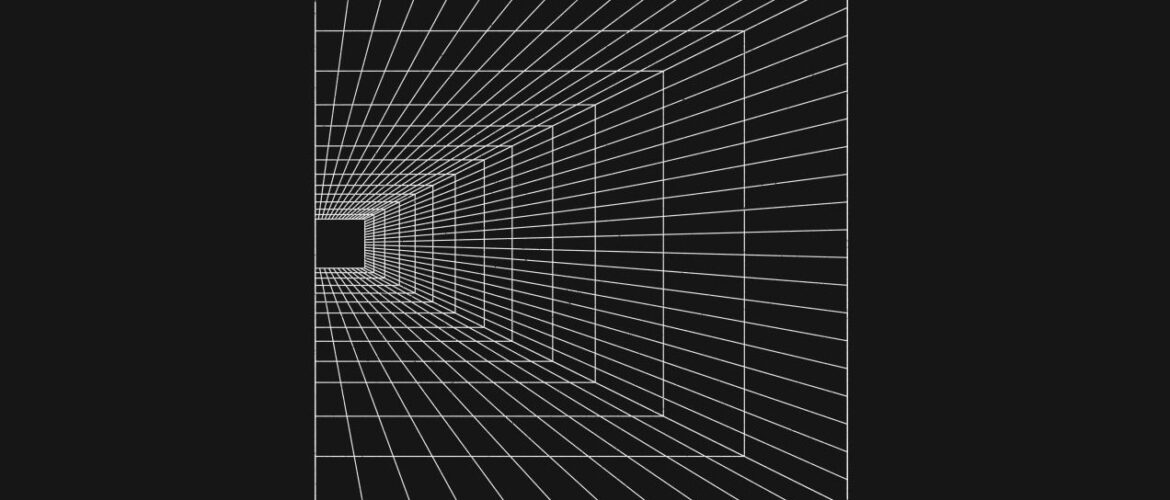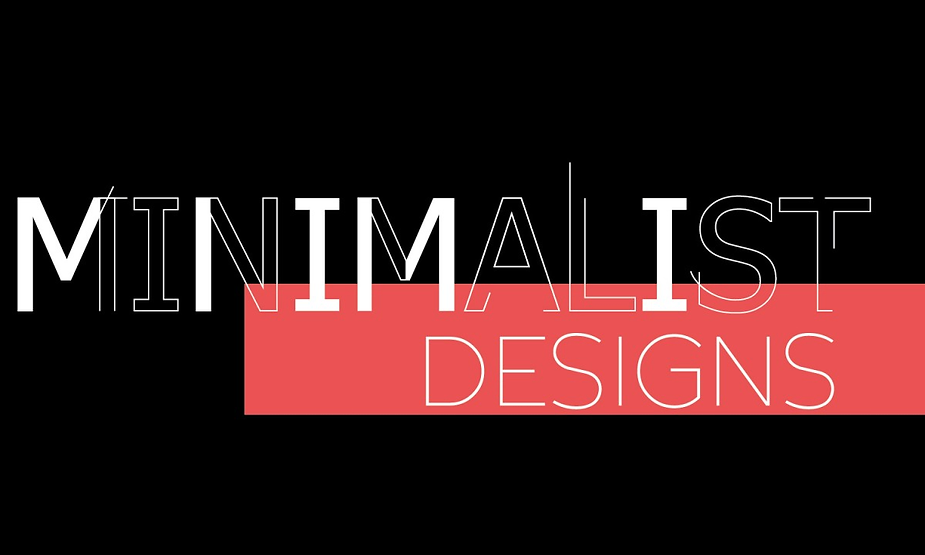
Crafting Digital Stories: How Strategic...
September 10, 2024



In today’s world, overwhelmed with distractions and visual clutter, Minimalism in Design offers a refreshing solution. This design philosophy focuses on simplicity, clarity, and balance, making visual communication more effective. Let’s explore the principles of Minimalism in Design and understand why it’s a timeless approach to impactful design.

At its heart, Minimalism in Design is about simplicity. Learn about the history and principles of minimalism in graphic design. It emphasizes clean lines, basic shapes, and a limited color palette to create a direct and uncluttered message. By removing distractions, minimalist designs help audiences focus on the essence of the message. For instance, brands like Apple use minimalist designs to emphasize functionality while creating an immediate impact. In today’s fast-paced world, where attention spans are shorter than ever, this simplicity allows for quick comprehension, making it an invaluable tool for effective communication.
Negative space, or white space, is an essential component of Minimalism in Design. Understand how negative space enhances minimalist designs. It allows design elements to breathe, creating balance and drawing attention to the most critical aspects.
For instance, the FedEx logo cleverly uses negative space to form an arrow, symbolizing movement and precision. This approach reflects how Minimalism in Design elevates clarity and storytelling.
Minimalist designs typically employ a restricted color palette. Explore the psychology of colors in minimalist design. This deliberate choice creates coherence and evokes emotions. Colors are strategically used to convey specific messages—for example, a black-and-white scheme for sophistication or a combination of white and blue for calm professionalism.
By limiting colors, minimalist designs become more memorable and effective in communicating their message. Designers can ensure that every hue serves a purpose, making the design both visually striking and emotionally resonant.
Typography plays a pivotal role in Minimalism in Design. Discover why typography is crucial in minimalist graphic design. Clean, sans-serif fonts are often favored for their readability and modern aesthetic. Minimalist typography prioritizes functionality, ensuring that text communicates clearly without unnecessary decoration. Every font choice serves a purpose in guiding the viewer’s attention.
For instance, bold headlines draw immediate focus, while smaller, subtle text supports secondary information. Whether it’s a sleek website or an eye-catching logo, typography ensures the message is both visually appealing and effortlessly understood.
In the era of smartphones and social media, Minimalism in Design thrives. Learn why minimalism works well in digital design and UX. Small screens and shorter attention spans demand clean and intuitive interfaces.
For example, Google’s homepage embodies minimalist design by focusing on its primary function—search. By prioritizing simplicity, minimalist websites enhance user experience and ensure easy navigation.

Minimalism in Design is not just a trend; it’s a timeless approach that continues to shape how we interact with visual communication. Its principles—simplicity, clarity, and intentionality—allow for more impactful designs that resonate with audiences. Find out how minimalism can improve comprehension and usability.
In a world overloaded with visual clutter, minimalist designs act as a breath of fresh air. By embracing the philosophy of “less is more,” designers can craft visuals that captivate, communicate, and leave a lasting impression. As technology advances and user expectations evolve, the influence of minimalism will only grow, reshaping the way we think about design.
Minimalism reminds us that simplicity isn’t just beautiful—it’s powerful. Whether you’re designing a logo, a website, or a campaign, minimalist design principles ensure your message is loud, clear, and impossible to ignore.
Whether you’re designing a logo, a website, or a marketing campaign, adopting Minimalism in Design can transform your visuals. Use tools like Canva to create clean, minimalist designs. By focusing on simplicity, negative space, and purposeful typography, you’ll create designs that resonate with audiences and stand the test of time.
Leave A Comment